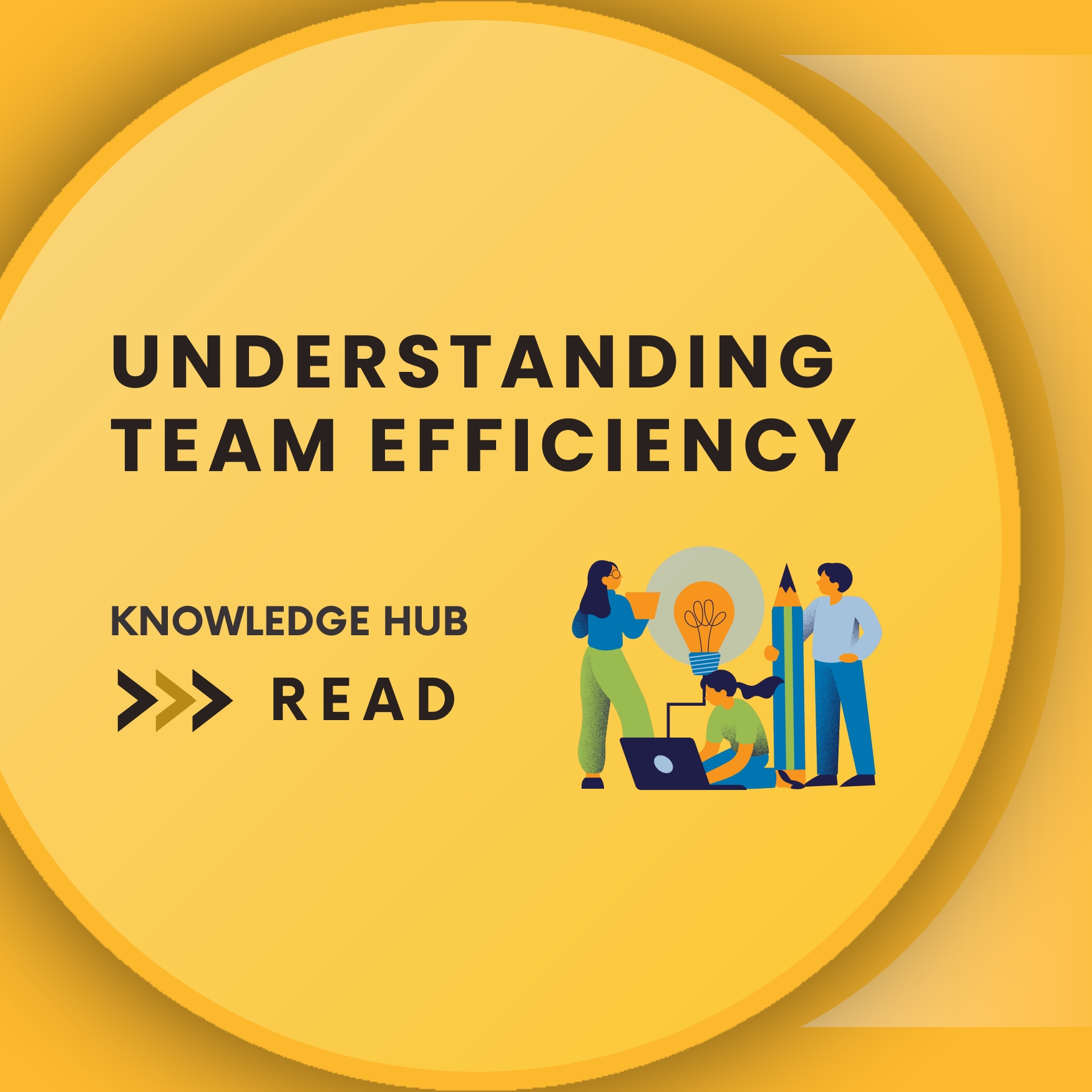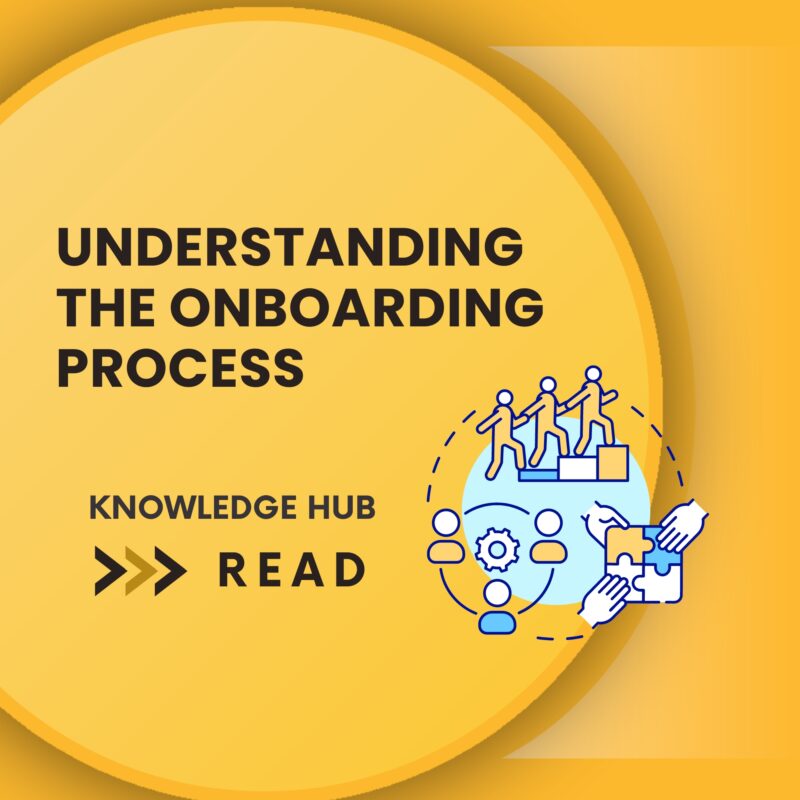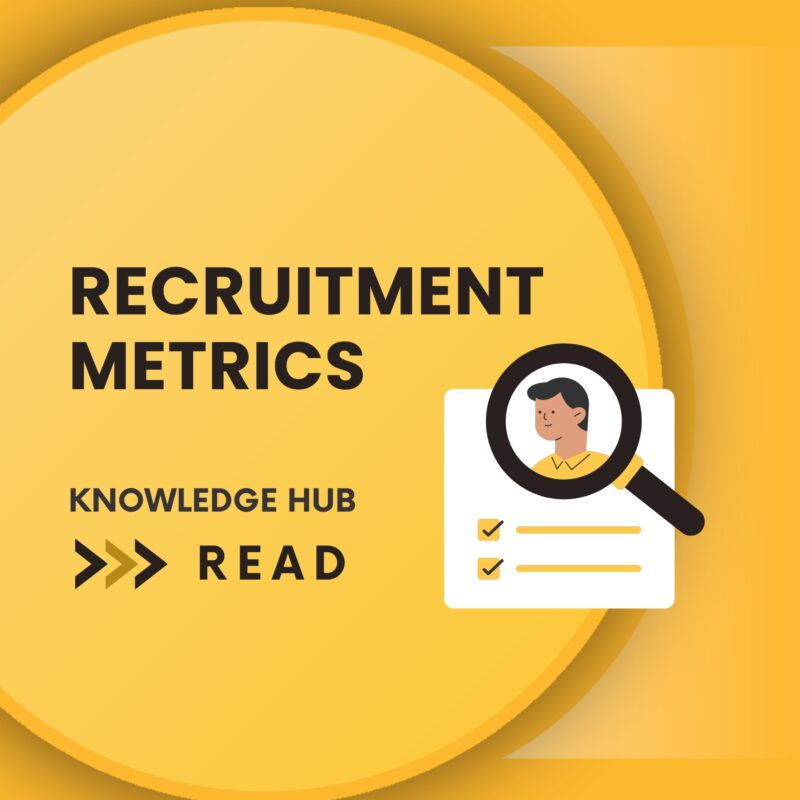Understanding Team Efficiency
0.00 zł
Team efficiency plays a crucial role in organizational success by ensuring that tasks are completed optimally with minimal resources. However, efficiency can often get conflated with other concepts such as motivation and engagement. What you can expect in that article is clarification of these differences and provision of actionable insights for managers to enhance their team’s efficiency effectively.
Differentiating Motivation, Engagement, and Efficiency
To create a productive work environment, it’s essential to distinguish between motivation, engagement, and efficiency.
- Motivation refers to the internal drive that propels individuals to take action. Motivated team members often show high levels of enthusiasm, a strong willingness to take on challenges, and a tendency to contribute proactively.
- Engagement, on the other hand, is the emotional commitment employees have towards their organization and its goals. Engaged employees are actively involved in meetings, show genuine interest in organizational activities, and align their efforts with the company’s values. If they feel their work is meaningful, it brings value, it develops them both professionally and personally, they feel engaged
- Efficiency is distinct in that it focuses on achieving goals with the least amount of resources, including time, effort, and money. Efficient team members produce high-quality outcomes quickly, use resources optimally, and deliver consistent performance.
Recognizing Efficient Behaviours and Actions
Efficient team members demonstrate specific behaviours and actions that signify their ability to work productively.
Efficient individuals are excellent at time management, prioritizing tasks based on urgency and importance, breaking down complex tasks into manageable parts, and consistently meeting deadlines. They demonstrate effective resource utilization by leveraging tools and technology to streamline processes, minimizing waste and redundancies, and applying innovative solutions to optimize workflows.
Additionally, they exhibit strong collaboration and communication skills, sharing information openly and transparently, providing constructive feedback, and coordinating seamlessly with team members to avoid duplication of efforts. Their problem-solving and decision-making capabilities are also noteworthy, as they quickly identify issues, seek solutions, make informed decisions based on data, and learn from past experiences to enhance future performance.
Managerial Strategies to Boost Team Efficiency
Managers play a critical role in fostering team efficiency. Here are some strategies to consider:
Firstly, setting clear goals is paramount. Managers should define clear, achievable, and measurable goals, communicate expectations and timelines effectively, and ensure that team objectives align with organizational goals.
Providing adequate resources is equally crucial. Ensuring that the team has access to necessary tools and training can significantly enhance their capabilities. Moreover, offering support and removing obstacles that hinder performance demonstrates managerial commitment to the team’s success.
Regular performance monitoring and feedback are essential for maintaining efficiency. Managers should monitor progress and performance metrics consistently, offer constructive feedback, and recognize achievements to foster a culture of continuous improvement.
Encouraging collaboration helps build a cohesive team. Fostering an environment of knowledge sharing and collective problem-solving ensures that diverse perspectives contribute to optimal solutions. Implementing team-building activities can strengthen relationships and improve overall team dynamics.
Lastly, promoting a healthy work-life balance is crucial. Allowing flexible work arrangements and encouraging breaks prevent burnout, which can impede efficiency. Recognizing and rewarding efficient work can motivate the team and reinforce positive behaviours.
Understanding the nuances between motivation, engagement, and efficiency is vital for creating a high-performing team. By recognizing the specific behaviors and actions that characterize efficiency and implementing targeted managerial strategies, leaders can foster an environment where team efficiency thrives. Clear goal setting, resource provision, performance monitoring, and effective collaboration are key components in enhancing team efficiency, ultimately leading to sustained organizational success.
Vocabulary Enhancement
- Ensure (verb) To make certain that something will occur or be the case
Example: Managers need to ensure that all team members understand their individual roles and responsibilities.
- Get conflated with (verb) To mix or blend different concepts or things, causing confusion
Example: Team efficiency often gets conflated with engagement, but they are distinct concept.
- Enhance (verb) To improve the quality, value, or extent of something
Example: Providing access to the latest tools and technologies can enhance team productivity.
- Distinguish (verb) To perceive or point out the difference between similar things
Example: It is important to distinguish between mere activity and actual productivity.
- Propel (verb) To drive or push something forward
Example: Motivation propels team members to tackle challenging tasks with enthusiasm.
- Genuine Interest (adjective) A real, sincere, and earnest curiosity or concern
Example: Engaged employees show genuine interest in the company’s success and culture.
- Distinct (adjective) Clearly different or of a different kind
Example: Efficiency is a distinct attribute that should be cultivated separately from motivation
- Signify (verb) To indicate or be a sign of something
Example: Delivering projects on time and within budget signifies a high level of efficiency.
- Streamline (verb) To improve the efficiency of a process by simplifying or eliminating unnecessary steps
Example: The manager implemented new software to streamline the workflow and reduce manual tasks.
- Exhibit (verb) To show or display a quality or behaviour
Example: Effective team members exhibit strong problem-solving skills and a proactive attitude
- Seamlessly (adverb) Smoothly and continuously, without any interruptions or noticeable transitions
Example: The new team leader ensured that the project transitioned seamlessly from planning to execution.
- Paramount (adjective) More important than anything else; supreme.
Example: Setting clear and achievable goals is paramount to enhancing team efficiency.
- Hinder (verb) To create difficulties that result in delay or obstruction.
Example: Inefficient communication can hinder a team’s ability to complete projects on time.
- Cohesive Team (adjective) A group of individuals who work well together, unified by common goals and strong interpersonal bonds.
Example: Building a cohesive team requires trust, effective communication, and mutual respect.
- Impede (verb) To delay or prevent something from progressing or succeeding.
Example: Lack of training can impede an employee’s ability to perform efficiently.
Jeśli chcesz otrzymać plik w formacie PDF, kliknij przycisk „Kup teraz”.




